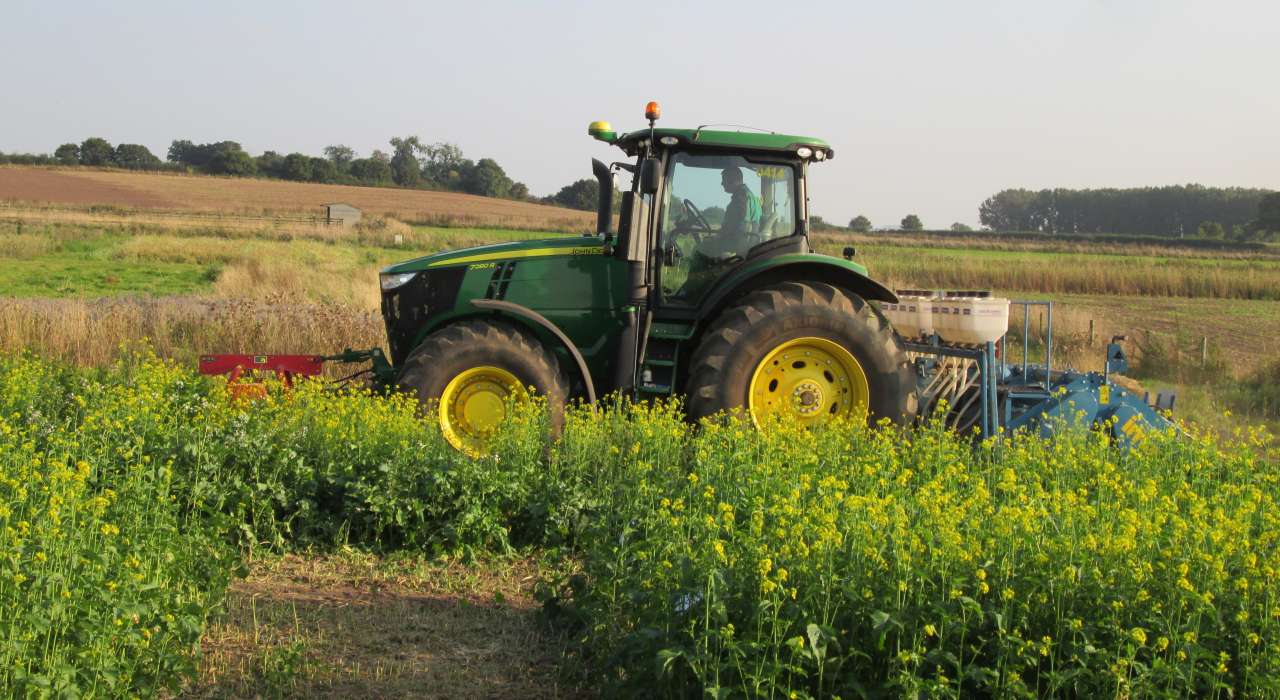Division of Biotechnology and Plant Health
Green crop protection: Cruciferous plants as a green alternative to chemical pesticides in cereals

End: dec 2025
Start: jan 2023
Cereal plants infested with plant pathogenic fungi or nematodes may have reduced grain quality and yield. These diseases can partly be controlled by using chemical pesticides. The purpose of this project is to identify "green" methods to mitigate plant pathogenic fungi and nematodes in cereals, as an alternative to chemical pesticides.
Project participants
Jafar Razzaghian Wendy Marie Waalen Jan Philip Øyen Birgit Schaller Simon Graham Edwards Marit Skuterud Vennatrø Silje Kvist Simonsen Hans Ragnar Norli Marit Almvik Solveig Haukeland| Status | Active |
| Start - end date | 30.01.2023 - 30.12.2025 |
| Project manager | Ingerd Skow Hofgaard |
| Division | Division of Biotechnology and Plant Health |
| Department | Fungal Plant Pathology in Forestry, Agriculture and Horticulture |
| Total budget | 1997000 |
Several studies show that cruciferous plants can reduce the incidence of plant pathogenic fungi and nematodes and thus be a green alternative to pesticides. Cruciferous plants contain various glucosinolates. These are chemical compounds that can be converted into various substances (isothiocyanates) by the breakdown of plant residues, for example as a result of cutting up and incorporation of plant residues into soil. Isothiocyanates may inhibit plant pathogenic fungi and nematodes, but the content of these substances varies between plants. We therefore want to map the content of glucosinolates and selected isothiocyanates in various species and varieties of cruciferous plants that are suitable for use as cover crops in Norway.
We will also map whether selected isothiocyanates can inhibit the growth and development of specific plant pathogenic fungi and nematodes that are commonly observed in Norwegian cereals. The cruciferous plants that have high levels of the substance in question will further be included in experiments where they will be incorporated into soil infected with fungi or nematodes. Survival of fungi and nematodes in the soil will be investigated after a period.
We expect to identify cruciferous plants which may be used as cover crops to mitigate the risk of plant pathogenic fungi and nematodes in Norwegian cereals. The main focus of the project will be to mitigate fungal species that cause fusarium head blight in cereals, as well as to limit populations of oat cyst nematodes and root-sore nematodes in cereals.
By identifying and adopting a green alternative to pesticides, the use of pesticides can be reduced while the grain quality and yield can be maintained or improved. The results from this project will be disseminated to farmers, agricultural advisers and seed suppliers and thereby facilitate the cultivation of cruciferous plants as part of an integrated pest management strategy in Norwegian cereals.
